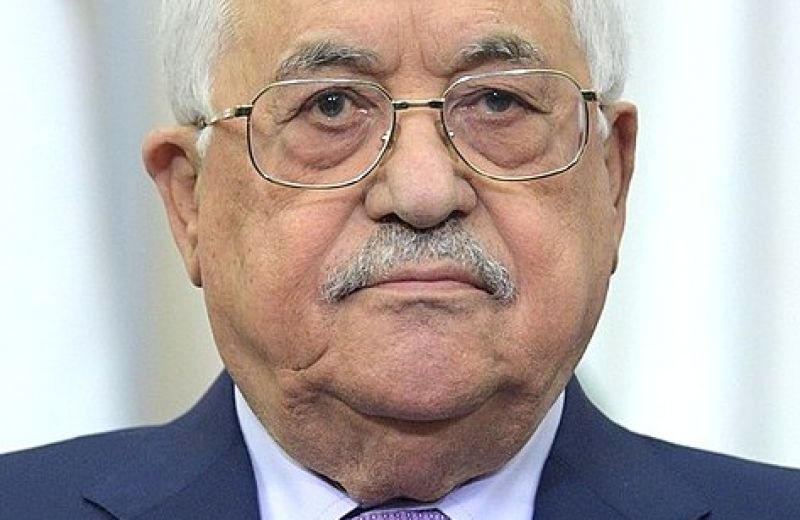 Op-eds
/ Israel and the Middle East
Op-eds
/ Israel and the Middle East
It is impossible to isolate the recent escalation of tension between Israel and the Gaza Strip from the stalemate in the internal Palestinian reconciliation process. From the current perspective, Hamas’ political capital is at an all-time low. All Hamas’ attempts to reach a regional agreement that will improve the economic situation in Gaza and enable it to maintain its strategic military abilities have failed. The reconciliation process is a barometer for regional stability. As long as the dialogue between the sides continues, igniting a spark of hope for change, the level of violence between the Gaza Strip and Israel declines. Thus, the failure of reconciliation talks between Fatah and Hamas is another factor which encourages the escalation of violence in the region.
Over the past year, and since publishing its updated political document in March 2017, the Hamas movement admitted wholeheartedly that its political endeavor has not succeeded: its attempt to govern the Gaza Strip failed. After more than a year of division, Hamas is willing to unconditionally pass civil control of the Gaza Strip to Mahmoud Abbas and the leadership of the Palestinian Authority. However, Abbas refuses to accept only civil authority over the Strip and in fact declared an uncompromising, all-out war on Hamas.
In order to understand the intensity of Abbas’ battle against Hamas, we must go back to the years 2006-2007, to the moment at which Abbas lost the Gaza Strip, first at the ballot box and later at the end of the barrel of a gun. In fact, since he was elected as the President of the Palestinian Authority in 2005, Abbas has not set foot in the Gaza Strip. Indeed, losing control of it is part of his legacy.
In contrast to Yasser Arafat, who had roots in Gaza and spoke like one of the people, Abbas was born in Tzfat, from where his family fled to Syria, and has no special emotional connection to the Strip. Throughout his period in office, he has focused on the project of building the Palestinian State in the West Bank and the diplomatic battle against the State of Israel, neglecting the Gaza Strip. He abandoned the people of Gaza to the hands of Hamas and the economic mercies of the international community and Gulf states, trusting them to add patch after patch to cover the desolation and wretchedness of the Gaza Strip.
After three rounds of warfare, with the Gaza Strip tired and beaten, Abbas has still not changed his strategic approach towards it. Since 2014, not only has the leadership of the Palestinian Authority failed to stretch out its hand to support the people of the Strip economically but, moreover, has imposed a long series of economic sanctions which affect the civilians. These include failure to pay for fuel sent to the Strip, thus increasing civilian pressure on Hamas and proving to the residents of the Strip that the Islamist movement cannot provide for their most basic needs.
Following Abbas’ clear political failure to advance the vision of a Palestinian state, the political struggle against Hamas has become more significant. Hamas of 2018 is looking to the future, and its leadership deems itself the proper heir to the leadership of the Palestinian national movement. Abbas, who lost the Gaza Strip, is not interested in losing the political leadership and the historical status of the Fatah movement within the PLO.
The bloody battles since summer 2007 are etched into the memories of Fatah members; the decade-long isolation of the Gaza Strip from the West Bank has increased the estrangement between the sides; Abbas’ despair at the political process, alongside the suspicion and ideological and political disgust he feels towards Hamas, has led him to radicalize his position, making it difficult to reconcile the dialogue between the two sides.
Abbas’ main demand from Hamas to enable an advance towards reconciliation is that the movement dismantle its military wing. Hamas without Jihad, Hamas without arms, will lose not only its ideological identity but also its political bargaining chips. Understanding that Hamas will not relinquish its weapons, Abbas’ only option is to continue putting economic pressure on the movement’s rule in the Gaza Strip. He hopes that these steps will lead to mass protests against Hamas, enabling him to return to the Strip as victor.
The continued economic decline and the intensification of the humanitarian crisis in the Gaza Strip heighten the tension between Hamas and Israel. Hamas must direct its anger and frustration outside, away from itself. Military conflict between Hamas and Israel can result in the dismantlement of Hamas’ weapons following an Israeli military campaign. In the past, the Palestinian Authority ruled out this option, but it seems that now, from Abbas’ perspective, any path that can eventually lead to a unification of the West Bank and the Gaza Strip under his control is deemed suitable. Indeed, a unified control of the West Bank and the Gaza Strip will increase the Palestinian Authority’s prestige and allow it to exert greater pressure on the State of Israel in the future, should the peace process between the two sides resume.
Dr. Ido Zelkovitz is a Policy Fellow at the Mitvim Institute and Head of Middle East Studies at the Yezreel Valley College.


